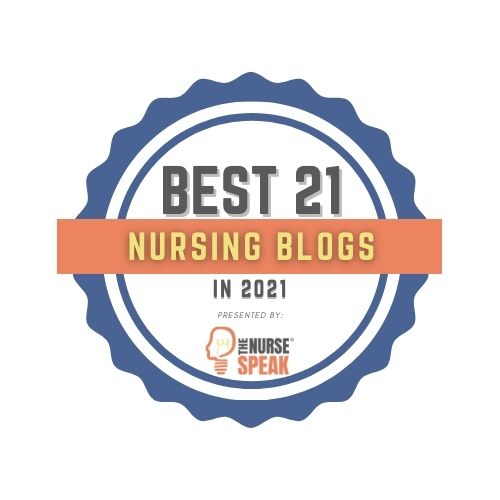 This Article was Originally Published on Calling All Nurses – The process of providing nursing care requires both a scientific and artful approach. Thus, nursing environments must enable the nursing staff to be strategic, flexible, and creative when it comes to providing care for their patients.
This Article was Originally Published on Calling All Nurses – The process of providing nursing care requires both a scientific and artful approach. Thus, nursing environments must enable the nursing staff to be strategic, flexible, and creative when it comes to providing care for their patients.
Furthermore, the environment in which you work can greatly affect your career satisfaction. In this two part series, you’ll learn more about the various workplaces for nurses to help you find the best fit for you.
Acute Care is a level of patient care considered to be emergent in nature, usually resulting from severe illness, injury, or exacerbation of a chronic disease process. These nurses usually work in hospitals, which can range wildly in their size depending on the needs of their particular community.
More specifically, acute care nurses work can work in Medical Surgical Units, Intensive Care Units, Operating Room Theaters, Emergency Department, Mother-Baby Suites, Inpatient Psychiatric Units, Orthopedic Suites, Procedural Areas, Laboratories, and Administrative Offices.
Sub-Acute Care is goal-oriented inpatient care designed for those with an acute illness, injury, or exacerbation of a disease process. This type of care is rendered either immediately after or instead of acute care hospitalization, to treat specific active or complex medical conditions, or to administer any necessary technically complex medical treatments in the context of the person’s underlying long-term condition.
Nurses at this level of patient care usually work in a rehab center or transitional care unit, which are usually located within but operate separately from a nursing home.
Long-Term Care is a level of care that provides rehabilitative, restorative, and/or ongoing skilled nursing care to patients or residents in need of assistance with everyday activities. Long-term care facilities include nursing homes, rehabilitation facilities, inpatient behavioral health facilities, long-term chronic care hospitals, and hospice suites.
Nurses who work in this level of patient care are usually set up to do their work in a nursing home, or hospice center.
Outpatient Care does not require an overnight stay in a hospital or medical facility. It may be administered in a medical office or a hospital, but is most commonly provided in a medical office, outpatient surgery center, or patient’s home.
This is the most diverse level of care in regards to potential workplace environments as nurses can perform their duties in a number of settings: Observation Units in Hospitals, Urgent Care Centers, Dr. Offices, Same-day Surgical Centers, Home Health Services, Wellness Clinics, Community Outreach Centers, Home Hospice, Independent Living Senior Centers, Assisted Living Senior Centers, Adult Day Care, Substance Abuse Centers, Dialysis Centers, Infusion Centers, Wound Care Centers, and Anticoagulation Clinics. The list continues to grow as our healthcare needs expand.
As you can see, there are many wonderful arenas that nurses can work. Stay tuned for part 2 of this series where we will discover more of the diverse workplaces of nurses!
Best Wishes!
-Damion












